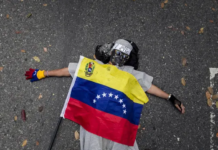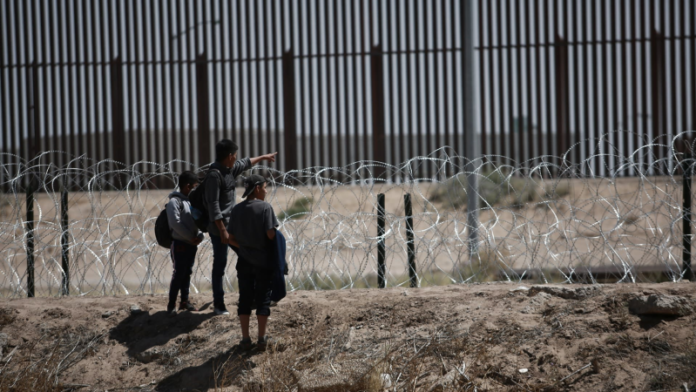Abstract: The U.S. Migrant Sponsorship Program, designed to discourage illegal border crossings, has received over 1.5 million applications in just a few months. Despite the overwhelming demand and significant wait times, the program continues to offer a glimmer of hope for migrants from Cuba, Haiti, Nicaragua, and Venezuela. However, the program’s effectiveness could diminish if the monthly cap of 30,000 arrivals is not raised.
The Overwhelming Demand
In a few short months, the U.S. Migrant Sponsorship Program has been inundated with over 1.5 million applications from individuals hoping to sponsor migrants from Cuba, Haiti, Nicaragua, and Venezuela. This overwhelming response has put a strain on the U.S. Citizenship and Immigration Services (USCIS), which can only approve 30,000 arrivals under the program each month.
American citizens, residents, and others with a legal immigration status in the U.S. are eligible to sponsor migrants from these four countries, provided they agree to financially support them. Migrants who arrive under the program are granted two-year work permits under the humanitarian parole authority.
The Backlog and the Lottery System
Due to the rapidly mounting backlog of unresolved applications, USCIS recently altered its case processing approach. Now, half of the requests reviewed each month are selected through a lottery system, while the rest continue to be adjudicated on a first-come, first-serve basis.
As of the end of last month, USCIS was receiving an average of nearly 12,000 applications per day, a number described as «overwhelming.» Less than three days’ worth of applications are processed per month due to the 30,000 monthly cap.
The Impact on Border Crossings
The sponsorship program, paired with a policy of returning Cubans, Haitians, Nicaraguans, and Venezuelans who cross the southern border illegally to Mexico, has led to a sharp drop in illegal border crossings. However, the soaring number of applications for the sponsorship program, far above its 30,000 monthly cap, threatens to derail the policy’s main objective: encouraging would-be migrants to refrain from crossing the southern border illegally by offering them a meaningful chance to enter the U.S. legally.
The Future of the Program
Top U.S. officials have not indicated that they will raise the 30,000 monthly cap on admissions. If the cap is not raised, the program’s effectiveness could diminish. Migrants who are desperate will wait only so long before they decide to take their chances with other options, such as entering clandestinely or showing up at the border to see if they can be let in.
Conclusion
The U.S. Migrant Sponsorship Program offers a beacon of hope for migrants from Cuba, Haiti, Nicaragua, and Venezuela. However, the overwhelming demand and significant wait times pose a challenge to the program’s effectiveness. It remains to be seen whether the U.S. will raise the monthly cap on admissions to better meet the demand and continue to discourage illegal border crossings.
Keywords: U.S. Migrant Sponsorship Program, illegal border crossings, monthly cap, overwhelming demand, Cuba, Haiti, Nicaragua, Venezuela, USCIS, applications, lottery system, humanitarian parole authority.









